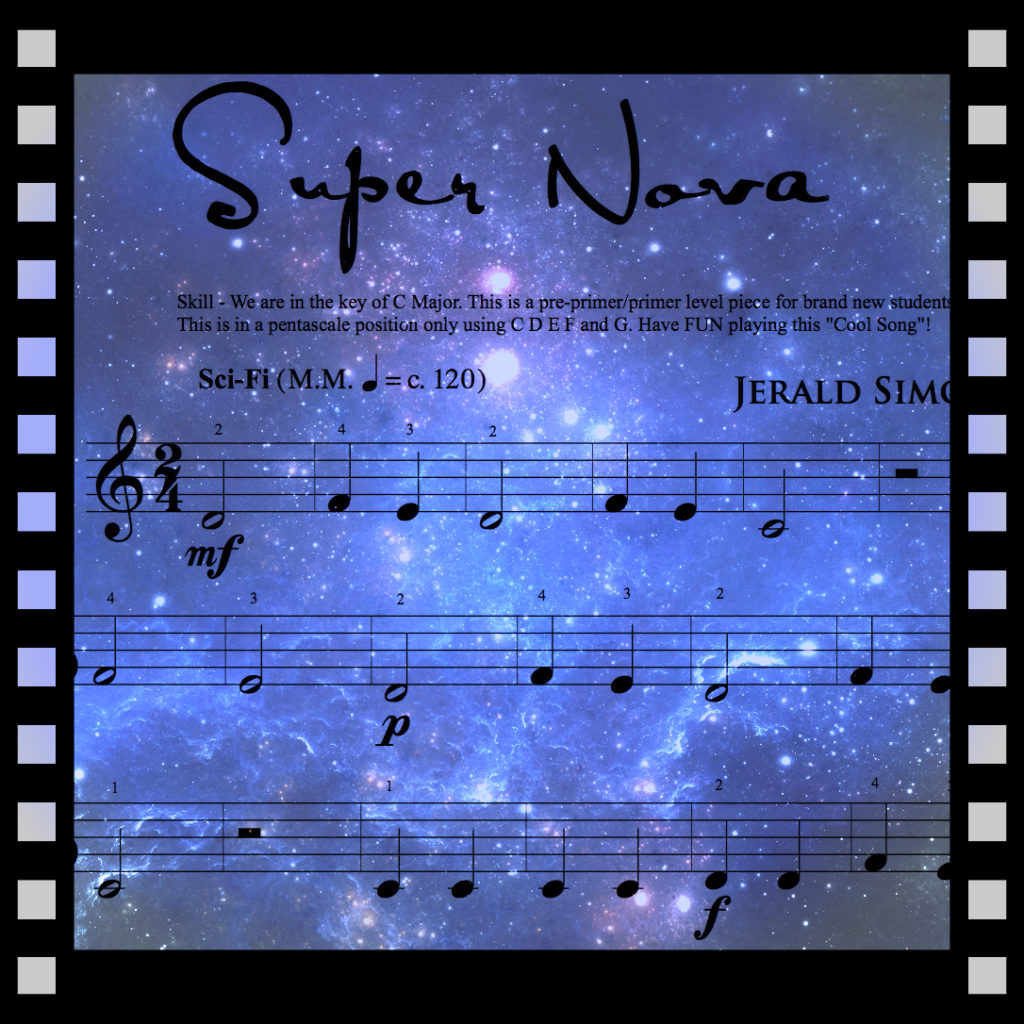When Being a Contrary Pianist is a Good Thing

Do you have contrary elementary level students? I do. I encourage them. It’s not what you think. Contrary motion at the piano trains the ear to perceive 2 voices moving independently—definitely more than a brain teaser or finger builder; definitely a skill to form a foundation for intermediate pieces and creativity. And, being contrary isn’t just for kids. It works with elementary students of all ages.
You can start being contrary by rote or using notation (either off staff or traditional). One of my favorite contrary activities involves a well-used set of melodic flash cards. After a student has successfully played a few cards, I introduce those cards again and ask them to play the melody with their other hand. Then, we try hands together. Usually that goes very well after a few tries. But, if there is the least bit of struggle I play the other hand. (we are on our way to contrary motion not parallel and I don’t want my student frustrated or distracted by a different skill.)
We talk about how they (or we) played the same pitches in each hand but used different fingers. Then, I ask, “What happens if you use the same fingers in each hand?” Generally, my students find playing hands together with the same finger numbers fairly easy. We get to the fact that the fingers and the sound are going in opposite directions so the pitches are not the same. They are all delighted with their impressive new piano superpower. Instant improvisation!
Once they know how, students usually try out their new-found skill on everything they play. I did that too when I was a young student. I used to get scolded and told to do it the right way. Yes, I encourage my students to practice the right way but, I also encourage them to get as contrary as they like.
Alicia came in one day and played Jerald Simon’s Super Nova in contrary motion and then even turned it around and used her left hand to play the melody as written adding her right hand in contrary motion. Bingo! It opened the door to helping her notice that her hands were being super novae too- they were making contrary circles as she played!
We found a YouTube video of a super nova and she played both of her versions of the song while it ran on my iPad. Instant movie soundtrack! The next week she told me she split her keyboard so she could choose a different sound for each hand. She played her new soundtrack as her family watched the video. (I found the best Google search term was supernova animation and, yes, I turned the sound off.) Here is the video Alicia chose.
The best part of all this is that students don’t have to be reading to experience the power of contrary motion. Something, I enthusiastically exploit by introducing the concept and skill long before students could be expected to read it in notation. Then, when notation in contrary motion is added to their reading toolbox, it is easy for them to see how it represents the motion of the two voices because they already know what it sounds and feels like. Better yet, instead of being intimidated they are excited about making a new musical discovery.


